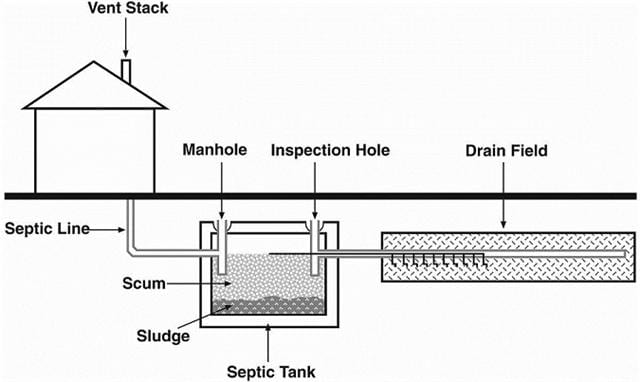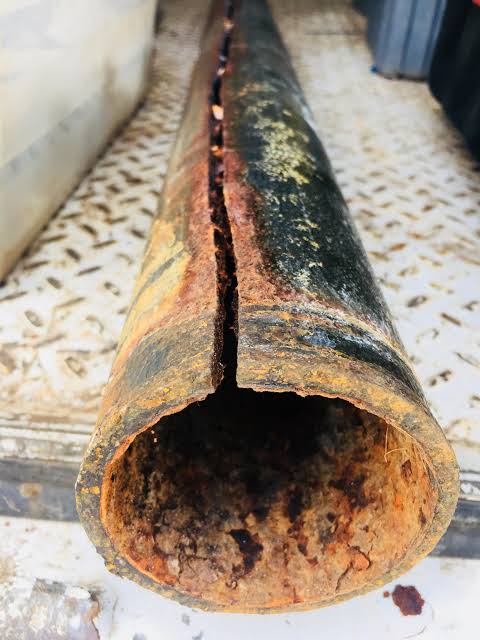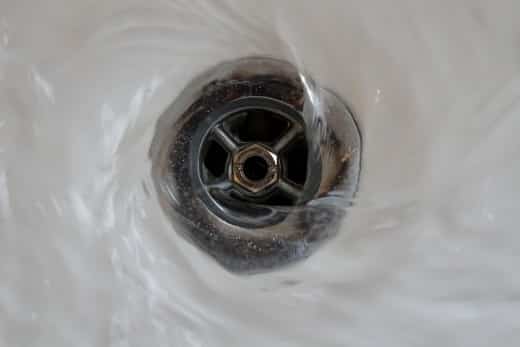BLOG
BLOG

WHEN DO YOU NEED A PLUMBER FOR YOUR SEPTIC TANK?

Ever moved into a new home just to find the septic tank is on the fritz? Maybe its flooded or worse is clogged? Maybe you have used your septic tank for years without any problems and you are just now experiencing issues, whatever your experience, our article can help you get your head around your septic pit.
What is a septic pit?
A septic pit is basically a storage area that collects all drainage from your home. Tanks can be made of concrete, steel, fiberglass, or polyethylene. Its job is to hold the wastewater long enough to allow solids to settle down to the bottom forming sludge, while the oil and grease float to the top as scum. Soil-based systems discharge the liquid (known as effluent) from the septic tank into a series of perforated pipes buried in a leach field, chambers, or other special units designed to slowly release the effluent into the soil. Alternative systems use pumps or gravity to help septic tank effluent trickle through sand, organic matter (e.g., peat and sawdust), constructed wetlands, or other media to remove or neutralize pollutants like disease-causing pathogens, nitrogen, phosphorus, and other contaminants. Some alternative systems are designed to evaporate wastewater or disinfect it before it is discharged to the soil.
How to keep it working properly
Keep plants located away from your pit (roots can damage the tanks and discharge systems)
Avoid adding oils and fats into the drains as they accumulate over time.
Avoid excess water in your pit (keep other drains from filtering into your pit)
Keep chemicals out of the pit.
Don’t add anything to the toilet other than waste and toilet paper
Do your laundry every day (Avoid flooding your pit with large loads all on one day)
3 WAYS TO TELL IF YOU NEED A PLUMBER OR SEPTIC CARE, PROVIDER by Paradise Valley Septic
1. Check the Tank’s Cleanout
The septic system’s cleanout is located in between the tank and your house. It’s a short PVC pipe that slightly sticks out. Sometimes, it’s level with the ground. Remove the cap and look down the cleanout. Is there standing water? If the answer is no, call a plumber. This means there’s a blockage between the house and the cleanout, which prevents wastewater from reaching the cleanout. If there is standing water, you may have a blockage between the cleanout and tank. In this case, you need a plumber. However, it can also indicate an overflowing septic tank. If so, you’ll need a septic company.
2. Count Backed Up Drains
Pay attention to the number of backed up fixtures. This includes toilets, sinks, and bathtubs. If only one fixture is backed up, talk to a plumber. But if multiple fixtures are backed up at the same time, call a septic company. Additionally, note where these fixtures are located. If they’re on the ground level or close to the septic tank, you’ve probably got a septic issue.
3. Consider the Age
On average, a septic system can last for about 25 years. This depends on the household size, usage, and routine maintenance. If you have newer septic system, talk to a plumber. But if it’s on the older sider, a septic company is more suited for the job.
Have questions? Chat to us here at OTC Plumbing and gas! Call us on 0455 990 900
References
How your septic system works
https://www.epa.gov/septic/how-your-septic-system-works
How to tell if you need a plumber or a septic company
http://paradisevalleyseptic.com/












